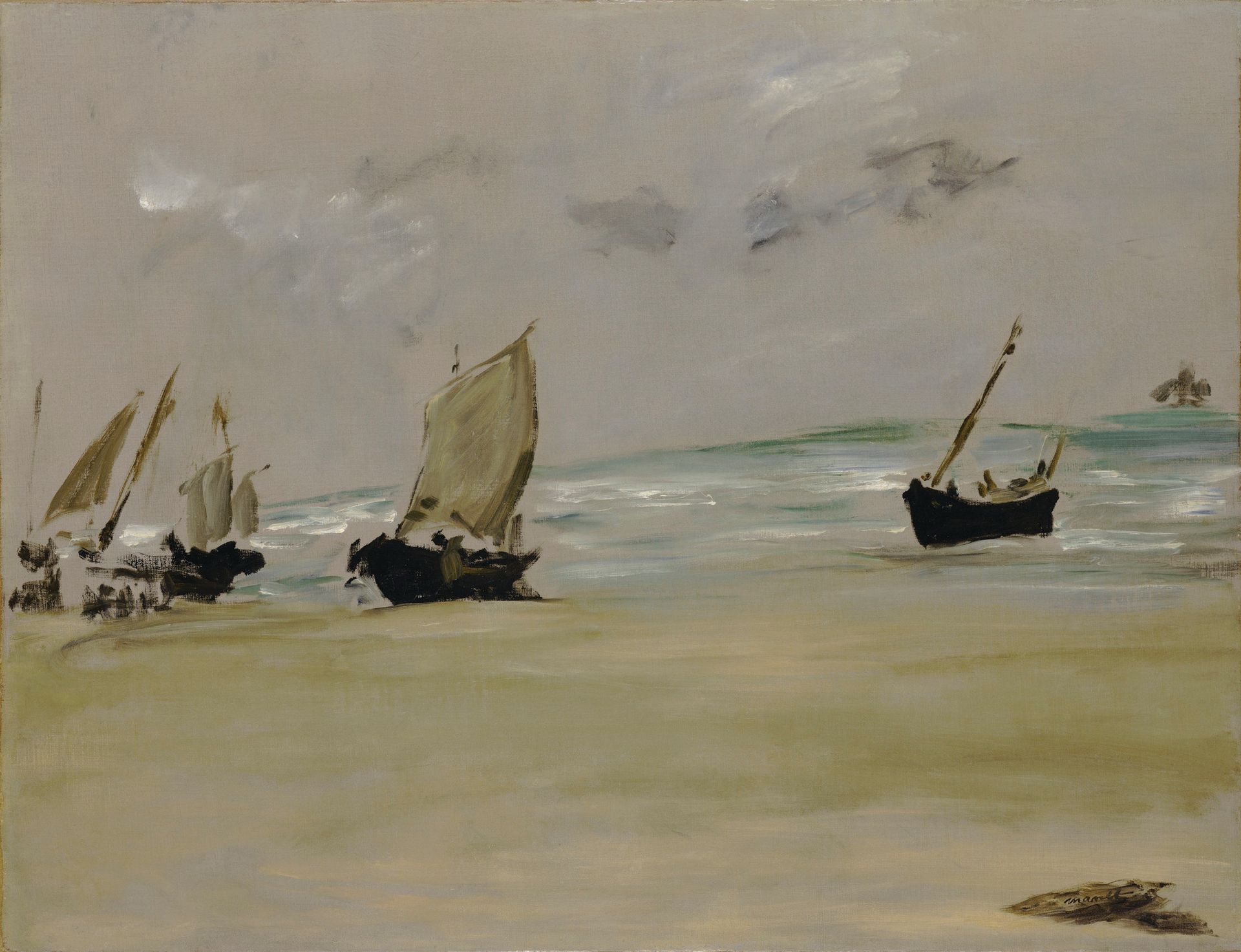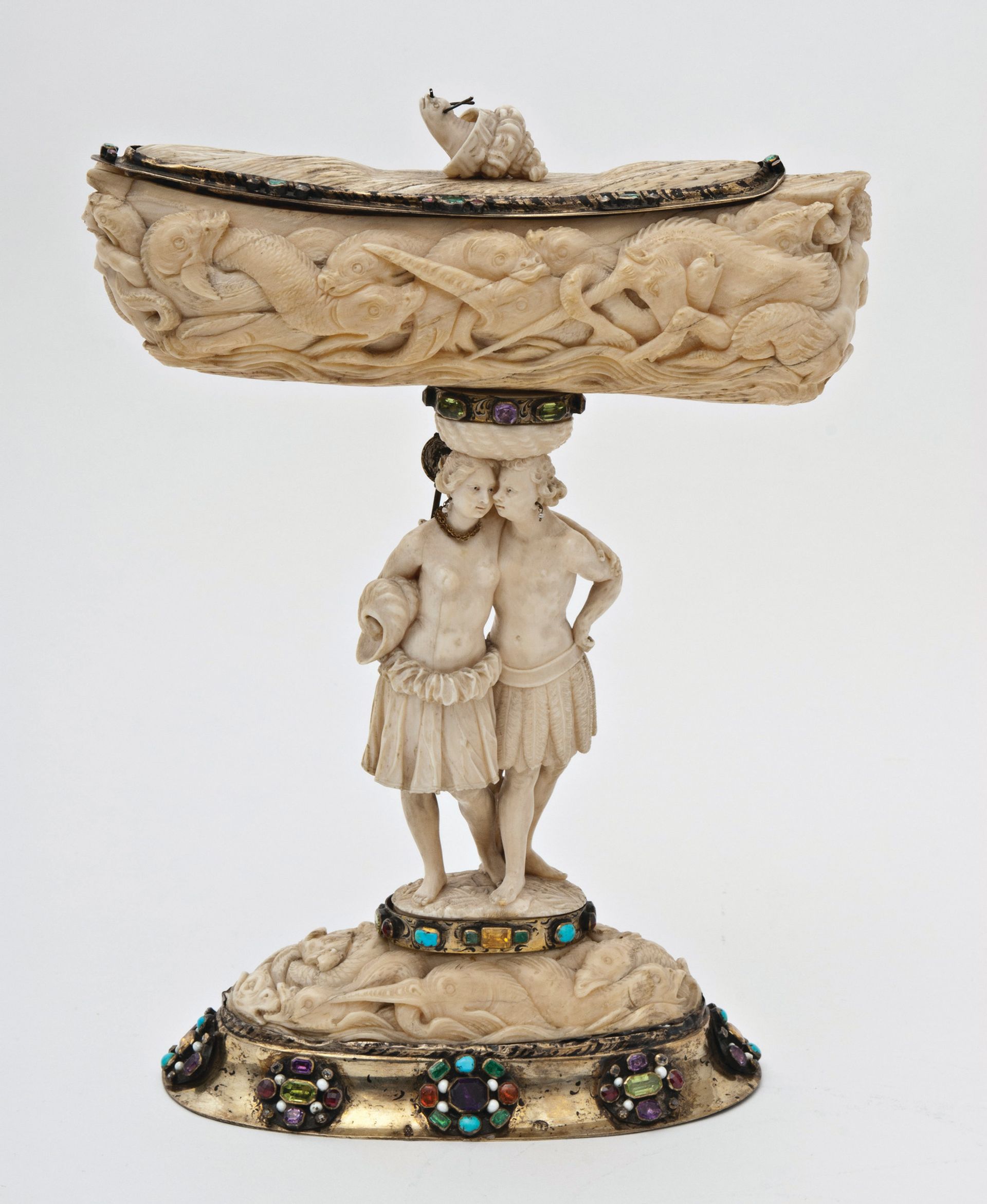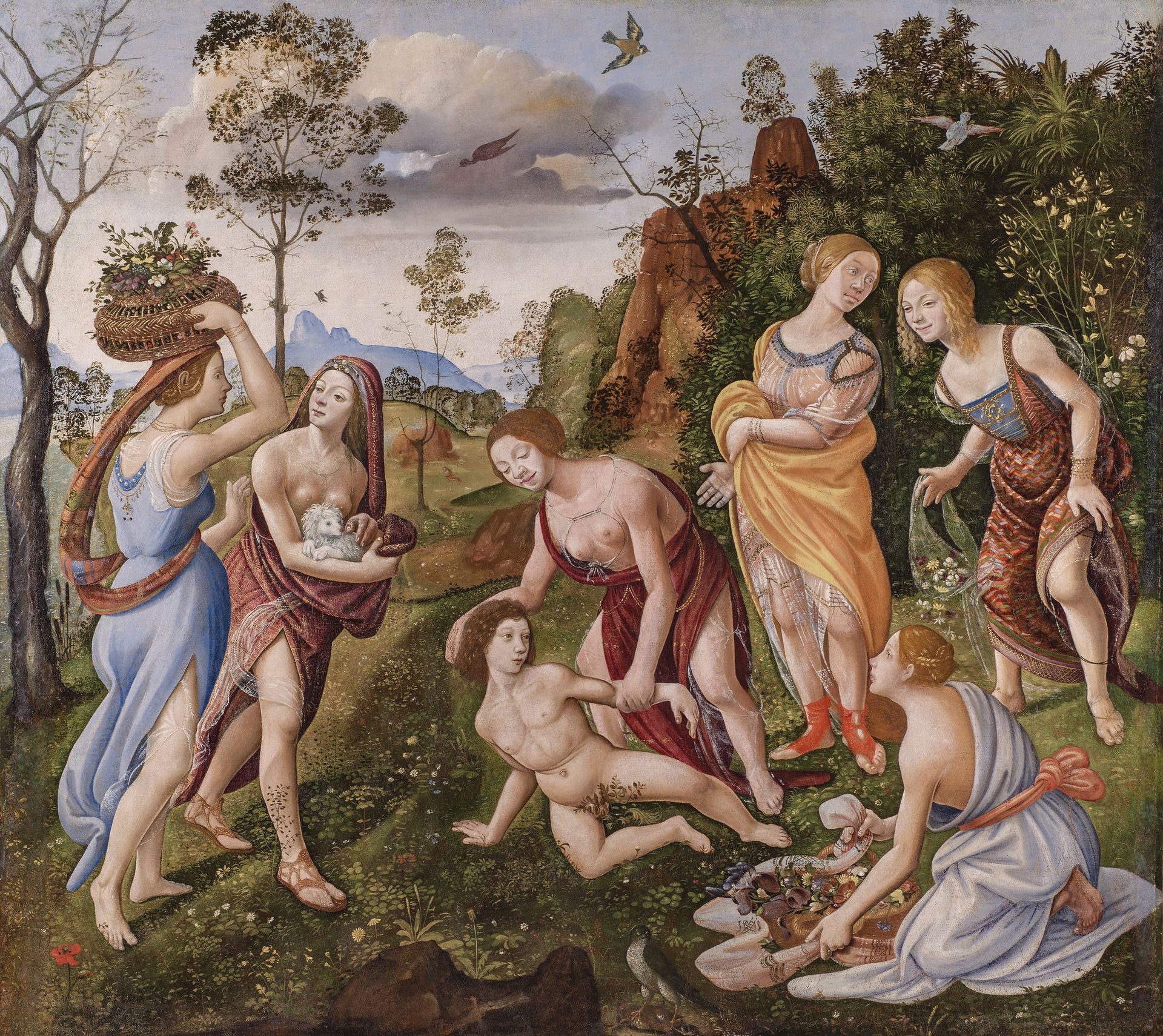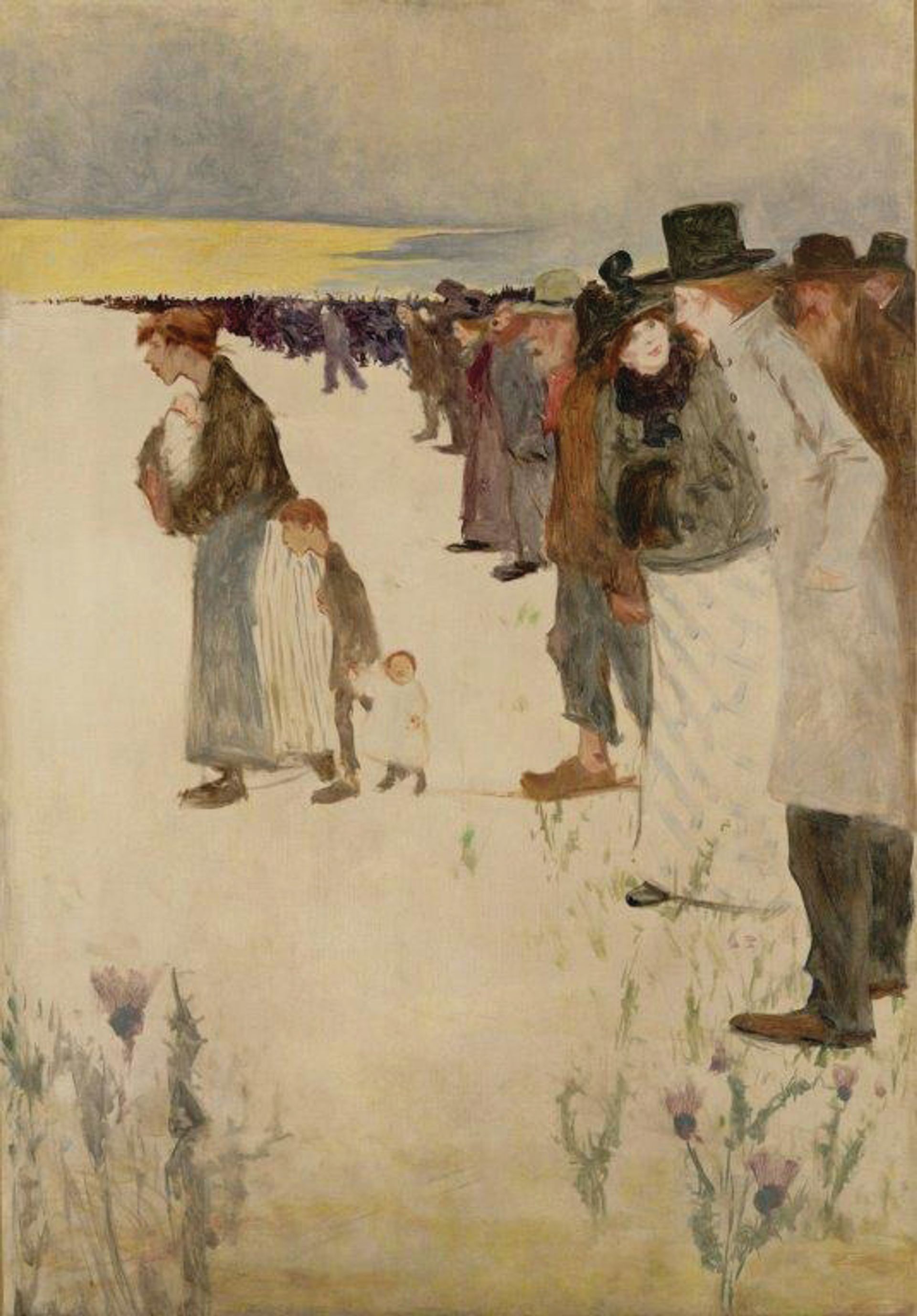The Wadsworth Atheneum Museum of Art in Hartford, Connecticut, one of the oldest art museums in the US, is due to unveil the results of its five-year renovation on 19 September. For the first time in 50 years, every gallery in the museum will be open to the public simultaneously.
The institution’s rich collection of 17th-century European paintings will be presented comprehensively for the first time in 20 years, inside the restored Morgan Memorial Building. The financier J. Pierpont Morgan, a Hartford native and one of the Wadsworth’s most devoted patrons, paid for the construction of the original building in 1907.
The reinstallation shows how the great collectors of the past lived with art. The museum’s 24ft-tall Great Hall is hung cheek by jowl, as if by a Gilded Age tycoon. A custom-built cabinet of curiosities is packed with 200 objects, many donated by J.P. Morgan.
The $33m renovation, designed by the Hartford-based firm Smith Edwards McCoy Architects, has increased exhibition space by 27%.
The project has also resulted in curators rediscovering works that had not been seen for decades. “I’ve been astounded by the unexpected finds I’ve come upon,” says Oliver Tostmann, the museum’s curator of European art.
The curators’ picks Wadsworth Atheneum curators sel ect the first work you should see in the museum’s refurbished galleries

Édouard Manet, The Beach at Berck (1873)
Chosen by Susan Talbott, director and chief executive
Perhaps it was love at first sight, seeing Manet’s masterpiece on my early visits to the Wadsworth Atheneum. The simple composition of greys and blacks stirred my predilection for Modernist works, heavy with atmosphere and cool light. Manet’s visceral impression of the beach in an isolated town punctuated by boats (in truth, black smears giving the sense of boats) in the sea beyond brings drama and focus to the scene. I first saw this work in a worn gallery on pastel-coloured walls, and now it will be a highlight of our new installation of late 19th-century French art. Set against midnight-blue walls and bathed in natural brilliance from restored laylights, this painting sings like never before.

South German, possibly Augsburg, mounts by Hieronymus Priester, covered narwhal cup (1670-74)
Chosen by Linda Roth, senior curator and curator of decorative arts
We don’t know who carved this cup, for whom it was made or who owned it before it surfaced in Vienna in the late 19th century. But when I found it three years ago, I immediately wanted it for our new Kunstkammer gallery. We know that the bowl and base were carved from the long projecting tooth of a small Arctic whale called a narwhal. However, many of the cup’s early owners probably believed that it was carved from the horn of a unicorn and so held magical, protective powers.

Piero di Cosimo, The Finding of Vulcan on Lemnos (1490)
Chosen by Ulrich Birkmaier, chief conservator
I had the privilege of studying this painting close up for an entire year during a conservation treatment that revealed many previously lost details and shed light on the artist’s ever-changing technique. I had to account for the fact that Di Cosimo used both egg tempera and oil paint, even though he created the work at a time when most of his contemporaries had switched to oil. With its serenity and slightly awkward beauty, the work instantly draws me in. Many of Di Cosimo’s paintings, including this one, are as eccentric as he was, although Vasari exaggerated in describing the artist as “more like a beast than a man”.

Théophile Alexandre Steinlen, The March of the People (around 1900)
Chosen by Oliver Tostmann, curator of European art
When the Wadsworth bought this painting in 1971, the artist was mainly known for his brilliant illustrations of cats. But the work helped to broaden our understanding not only of Steinlen, but also of French art in the late 19th century. One could criticise the painting for its sentimentality, but it balances out a collection dominated by Impressionist paintings. Steinlen forcefully reminds us of the injustices of a French society that was radically transformed on the brink of the 20th century.

